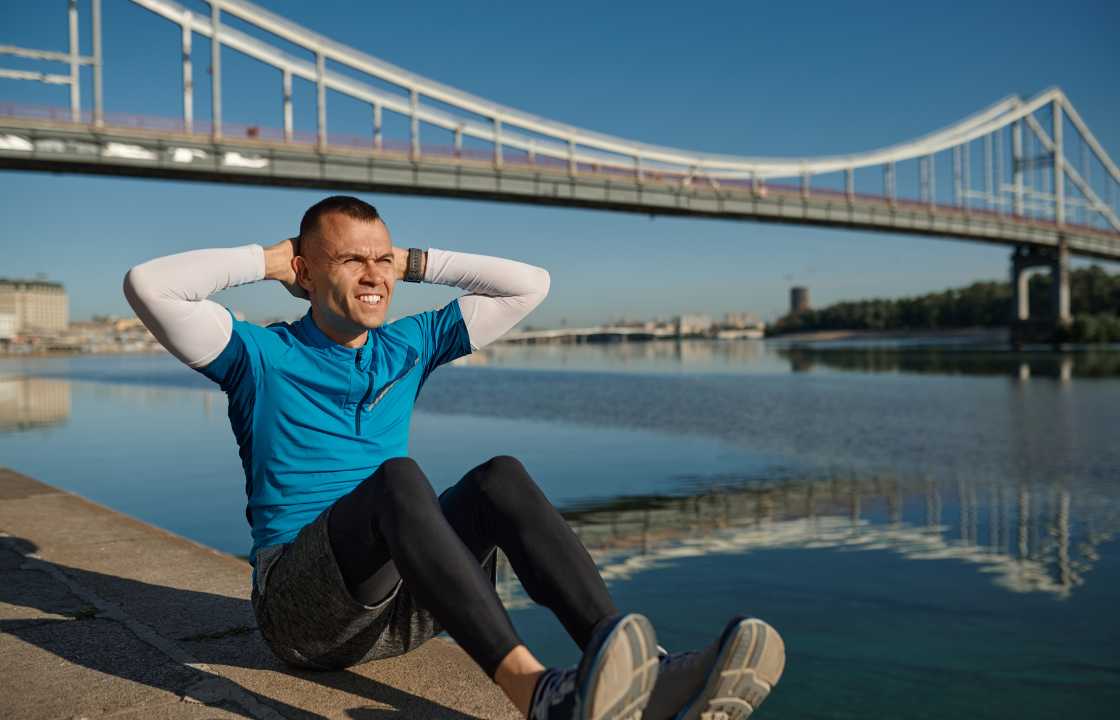Health Care
Build your Core Muscles for A Healthier, More Active Future
In many exercise programs today, there is a strong emphasis on developing the abdominal muscles, often overlooking the significance of the other muscles that constitute the body’s core. However, cultivating strength in all core muscles is crucial for maintaining overall strength, flexibility, and enhancing performance in various sports. Additionally, it plays a vital role in preventing debilitating back pain.
The core encompasses muscles in the back, sides, pelvis, buttocks, and abdomen, creating a robust central connection between the upper and lower body. Analogous to a tree trunk, core muscles require both strength and flexibility. A weak or rigid core not only diminishes power in various movements but can also make certain activities challenging to perform.
Benefits of a stronger core
Regardless of where movement initiates, its effects reverberate upward and downward through the core. Therefore, a strong and flexible core is fundamental to nearly every activity.
1. Everyday Acts: Routine actions like bending to tie your shoes, picking up a package, turning to look behind you, sitting, or standing all rely on your core. Basic daily activities such as bathing or dressing also engage core muscles.
2. On-the-Job Tasks: Jobs involving lifting, twisting, and prolonged standing heavily depend on core muscles. Even desk-based tasks like phone calls and typing engage the core, and maintaining good posture is crucial to prevent stiffness and soreness.
3. A Healthy Back: Exercises promoting well-balanced core muscles play a crucial role in preventing low back pain. When back pain does occur, a regimen of core exercises is often prescribed alongside other treatments.
4. Sports and Activities: Various sports and physical activities, including biking, running, swimming, golf, tennis, and more, rely on a strong core. Even sexual activity requires core power and flexibility.
5. Housework and Gardening: Common tasks like bending, lifting, twisting, and reaching involve the core. Household chores, fix-it work, and gardening activities often require core engagement.
6. Balance and Stability: The core stabilizes the body, enabling movement in any direction and maintaining balance even on uneven surfaces. Core exercises can reduce the risk of falling by enhancing stability.
7. Good Posture: Core strength contributes to good posture, which not only improves your appearance but also projects confidence, reduces spinal wear and tear, and facilitates deep breathing.
It’s essential to recognize that focusing solely on abdominal muscles while neglecting the back and hip muscles can lead to imbalances and potential injuries. A holistic approach to core strength, targeting all relevant muscle groups, is key to overall well-being and performance.
Core exercise examples
In the “Core Exercises” report from Harvard Medical School, which I contributed to, a set of exercises designed to strengthen core muscles was developed in collaboration with personal trainers. Annmarie Dadoly, the writer, explored the correct and incorrect methods for performing three core-building exercises: lunges, squats, and planks.
Here are four exercises from the Vertical Standing Core Workout, one of the six comprehensive workouts featured in the report:
1. Side Leg Lift
2. Knee Lift
3. Alternating Reverse Lunges
4. Plié

